Converting inches to millimeters is super important because it helps make measurements accurate and standard. This is useful in lots of areas like science, engineering, building stuff, making things, and designing stuff.
It's not just for experts—whether you're cooking, building, or just figuring out a ruler, knowing how to switch between inches and millimeters can be really helpful.
Millimeters are used worldwide, while inches are mostly used in the U.S. and a few other places for short distances. Our blog explains the easy math for inch-to-millimeter conversion and gives you some cool examples and tips. Stick with us to get good at this important skill!
- Understanding the Basics
- Conclusion
- FAQs
- 1. As mentioned in the blog, what is the conversion factor between inches and millimeters?
- 2. As this blog explains, can you provide the formula for converting inches to millimeters?
- 3. Why is converting inches to millimeters crucial in carpentry projects?
- 4. What is the significance of the provided graph in the blog?
Understanding the Basics
Inches and Millimeters
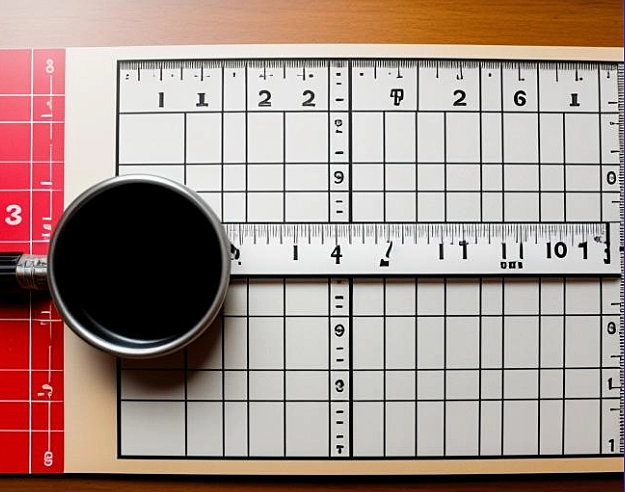
Let’s begin with the basics. Inches and millimeters are both units used to measure length, but they belong to different measurement systems. Inches are part of the imperial system, commonly used in the United States, while millimeters belong to the metric system, used globally. Let’s explore both millimeters and inches in more detail.
1. What is a Millimeter?
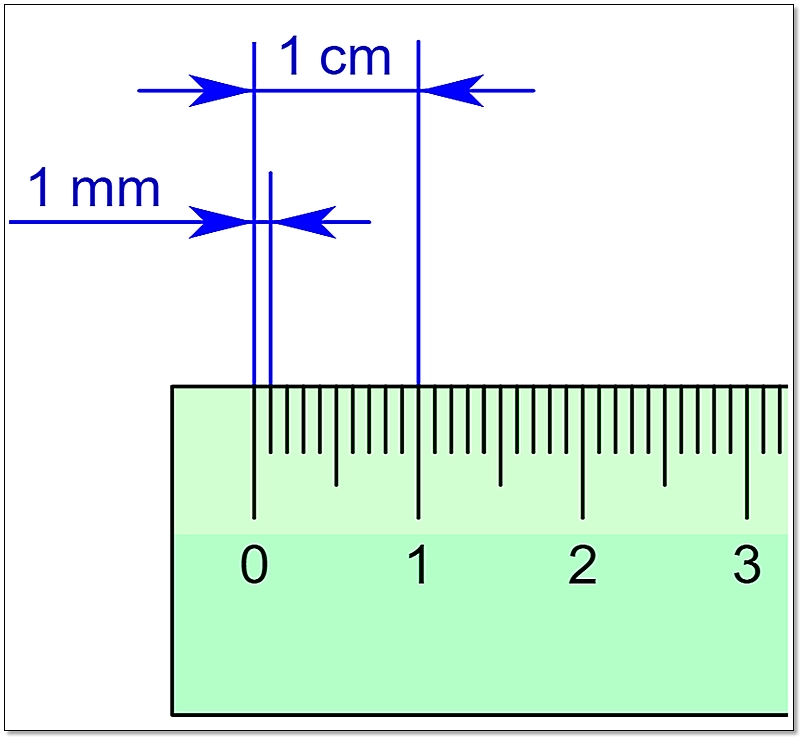
International System of Units (SI), is the world's most widely used measurement system. The millimeter is equal to one-thousandth of a meter. In other words, there are 1,000 millimeters in a meter.
The symbol for millimeters is "mm." The metric system is designed to be a coherent and consistent system of measurement, where different units are related by powers of 10.
1 meter = 1,000 millimeters
1 centimeter = 10 millimeters
1 kilometer = 1,000,000 millimeters Millimeters are used to measure very small but visible-scale distances and lengths. They are commonly used in engineering, manufacturing, science, and medicine.
For example, millimeters are used to measure the thickness of paper, the width of a screw, the diameter of a pill, and the size of a blood cell. Examples of how millimeters are used in everyday life:

The thickness of human hair is about 0.1 millimeters.
The width of a paper clip is about 1 millimeter.
The thickness of a US penny is about 1.5 millimeters.
The diameter of a pupil is about 7 millimeters.
The size of a red blood cell is about 7 micrometers, which is equal to 0.007 millimeters.
2. The Concept of Inches
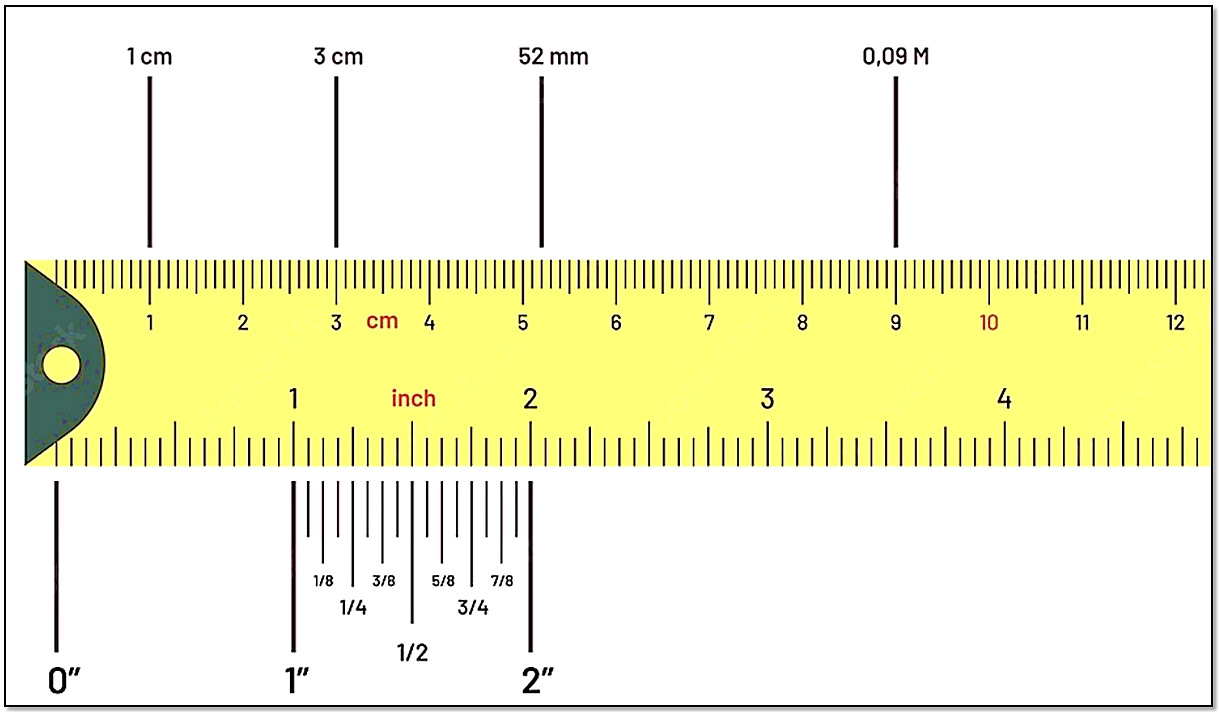
systems. In the imperial system, commonly used in the United States and a few other countries, an inch is defined as 1/12th of a foot. There are 12 inches in a foot.
Based on the international yard, the inch is also commonly used in the United Kingdom and Canada. The symbol for inches is the double prime ("). For example, 10 inches would be written as 10". In various fields, inches measure length, height, width, and other dimensions.
1 inch = 25.4 millimeters (exactly)
1 foot = 12 inches
1 yard = 36 inches
3. How do you convert inches to millimeters?

1 in = 25.4 mm
1 mm = 0.0393700787 in The key ratio allows us to convert back and forth between the two units. Converting inches to millimeters involves multiplying the inch value by 25.4.
Going the other way, from millimeters to inches, consists in dividing the millimeter value by 25.4. This magic conversion factor bridges the gap between inches and millimeters. Understanding this fundamental relationship is the key to effortless conversion.
4. Converting Inches to Millimeters
A Simple Formula To convert inches to millimeters, simply multiply the length in inches by 25.4. This is because there are 25.4 millimeters in one inch.
You can use a straightforward formula: 1 inch is equal to 25.4 millimeters: 1″ = 25.4mm The distance d in millimeters (mm) is equal to the distance d in inches (″) times 25.4: d(mm) = d(inch) × 25.4 Millimeters = Inches × 25.4 Or Inches = millimeters / 25.4
Let's illustrate this with an example. Suppose you have a wooden board that is 36 inches long, and you want to know its length in millimeters.
Millimeters = 36inches × 25.4mm/inch Millimeters = 914.4mm
So, a 36-inch wooden board is approximately 914.4 millimeters long.
5. Simple Conversions
Converting the whole number of inches to millimeters is a snap. Here's an
Example
3 inches x 25.4 mm/inch = 76.2 mm
To go backward:
76.2 mm ÷ 25.4 mm/inch = 3 inches
See? No difficult calculations are needed! Now let's try a few more:
1 inch = 25.4 millimeters
5 inches = 127 millimeters
10 inches = 254 millimeters
And converting back
50.8 millimeters = 2 inches
175 millimeters = 6.9 inches
300 millimeters = 11.8 inches
6. Decimal Values
Inches and millimeters allow us to be very precise in measurements. What if we need to convert a decimal inch value to millimeters? No problem; the same ratio applies.
For Example
4.5 inches x 25.4 mm/inch = 114.3 mm
3.25 inches x 25.4 mm/inch = 82.55 mm
And to convert millimeters back to inches:
148.5 mm ÷ 25.4 mm/inch = 5.85 inches
55 mm ÷ 25.4 mm/inch = 2.17 inches
See? It's simply a matter of multiplying or dividing by the 25.4 mm/inch conversion ratio, even with decimal values.
7. Practical Examples
Woodworking Project A DIY woodworking plan calls for a board that is 0.75 inches thick. Convert to millimeters for your metric ruler:
A DIY woodworking plan calls for a board that is 0.75 inches thick. Convert to millimeters for your metric ruler:
A DIY woodworking plan calls for a board that is 0.75 inches thick. Convert to millimeters for your metric ruler: 0.75 in x 25.4 mm/in = 19 mm.
Recipe Measurement A recipe calls for adding 1.25 cups of milk. To measure in milliliters instead of cups:
A recipe calls for adding 1.25 cups of milk. To measure in milliliters instead of cups:
A recipe calls for adding 1.25 cups of milk. To measure in milliliters instead of cups: 1.25 cups x 236.6 ml/cup = 295 ml.
Screen Size A TV with a 58-inch screen size is advertised. Express this as a metric measurement:
A TV with a 58-inch screen size is advertised. Express this as a metric measurement:
A TV with a 58-inch screen size is advertised. Express this as a metric measurement: 58 inches x 25.4 mm/inch = 1473 mm
8. Inch-to-Millimeter Conversion
Table To help with this conversion, an Inches to Millimeters conversion table is added below.
Inches | Millimeters | Inches | Millimeters | Inches | Millimeters | Inches | Millimeters |
0 | 0.0000mm | 11⁄4 | 31.750mm | 21⁄2 | 63.500mm | 33⁄4 | 95.250mm |
1⁄8 | 3.1750mm | 13⁄8 | 34.925mm | 25⁄8 | 66.675mm | 37⁄8 | 98.425mm |
1⁄4 | 6.3500mm | 11⁄2 | 38.100mm | 23⁄4 | 69.850mm | 4 | 101.60mm |
3⁄8 | 9.5250mm | 15⁄8 | 41.275mm | 27⁄8 | 73.025mm | 41⁄8 | 104.78mm |
1⁄2 | 12.700mm | 13⁄4 | 44.450mm | 3 | 76.200mm | 41⁄4 | 107.95mm |
5⁄8 | 15.875mm | 17⁄8 | 47.625mm | 31⁄8 | 79.375mm | 43⁄8 | 111.13mm |
3⁄4 | 19.050mm | 2 | 50.800mm | 31⁄4 | 82.550mm | 41⁄2 | 114.30mm |
7⁄8 | 22.225mm | 21⁄8 | 53.975mm | 33⁄8 | 85.725mm | 45⁄8 | 117.48mm |
1 | 25.400mm | 21⁄4 | 57.150mm | 31⁄2 | 88.900mm | 43⁄4 | 120.65mm |
11⁄8 | 28.575mm | 23⁄8 | 60.325mm | 35⁄8 | 92.075mm | 47⁄8 | 123.83mm |
9. The importance of millimeter conversion
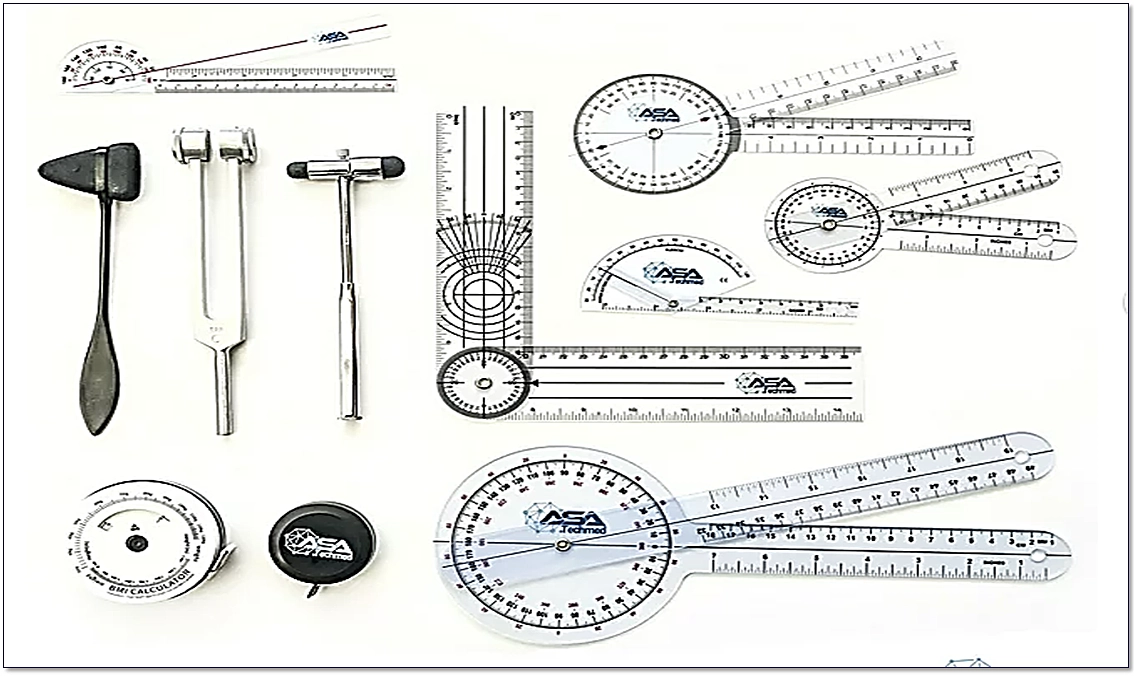
International Standardization Inches are commonly used in the United States and some other countries that follow the imperial system, while millimeters are part of the metric system widely used worldwide. To facilitate global communication and collaboration, it's essential to be able to convert measurements between these two systems.
Inches are Commonly used in the United States and some other countries that follow the imperial system, while millimeters are part of the metric system widely used worldwide. To facilitate global communication and collaboration, it's essential to be able to convert measurements between these two systems.
Precision in Measurements Millimeters are smaller units than inches, allowing for more precise measurements, particularly in fields where accuracy is crucial. Small differences in engineering, design, and manufacturing can significantly impact the final product.
Millimeters are Smaller Units than inches, allowing for more precise measurements, particularly in fields where accuracy is crucial. Small differences in engineering, design, and manufacturing can significantly impact the final product.
Compatibility with Metric System The metric system is widely used in scientific and technical fields due to its decimal-based structure and ease of conversion. Compatibility with metric standards and specifications requires converting between inches and millimeters.
The Metric System is Widely used in scientific and technical fields due to its decimal-based structure and ease of conversion. Compatibility with metric standards and specifications requires converting between inches and millimeters.
Design and Planning Architects, engineers, and designers often use metric and imperial measurements. Converting between inches and millimeters is necessary when creating designs, plans, or specifications that may need to be implemented in different parts of the world.
Architects, Engineers, and Designers often use metric and imperial measurements. Converting between inches and millimeters is necessary when creating designs, plans, or specifications that may need to be implemented in different parts of the world.
Standardization in Industries Many industries, such as automotive, aerospace, and electronics, have standardized measurements. Conversion between inches and millimeters is crucial to comply with these guidelines and ensure that components and goods fulfill requirements.
Many Industries, such as Automotive, Aerospace, and Electronics, have Standardized Measurements. Conversion between inches and millimeters is crucial to comply with these guidelines and ensure that components and goods fulfill requirements.
Regulatory Requirements Some industries are subject to regulations that specify measurements in either imperial or metric units. To adhere to these rules, one must be able to convert between inches and millimeters.
Some industries are subject to regulations that specify measurements in either imperial or metric units. To adhere to these rules, one must be able to convert between inches and millimeters.
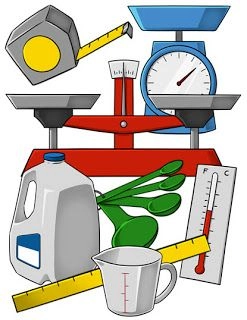

Conclusion
In conclusion, converting inches to millimeters is a skill that opens doors to precision in various fields.
With the simple math and conversion tips provided here, you'll be ready to handle just about any real-world measurement conversion situation involving inches and millimeters.
So, the next time you encounter 'inches in mm,' embrace it confidently, armed with the knowledge to make your measurements precisely and accurately.
FAQs
1. As mentioned in the blog, what is the conversion factor between inches and millimeters?
The conversion factor between inches and millimeters is 25.4.
2. As this blog explains, can you provide the formula for converting inches to millimeters?
The formula for converting inches to millimeters is Millimeters = Inches × 25.4 As highlighted in the blog.
3. Why is converting inches to millimeters crucial in carpentry projects?
Converting inches to millimeters in carpentry projects ensures precision in cuts, helping achieve a flawless result.
4. What is the significance of the provided graph in the blog?
The graph visually illustrates the linear relationship between inches and millimeters, serving as a quick reference for the conversion process. It aids in understanding how inches convert to millimeters on a linear scale.




.png)
.png)
Comments